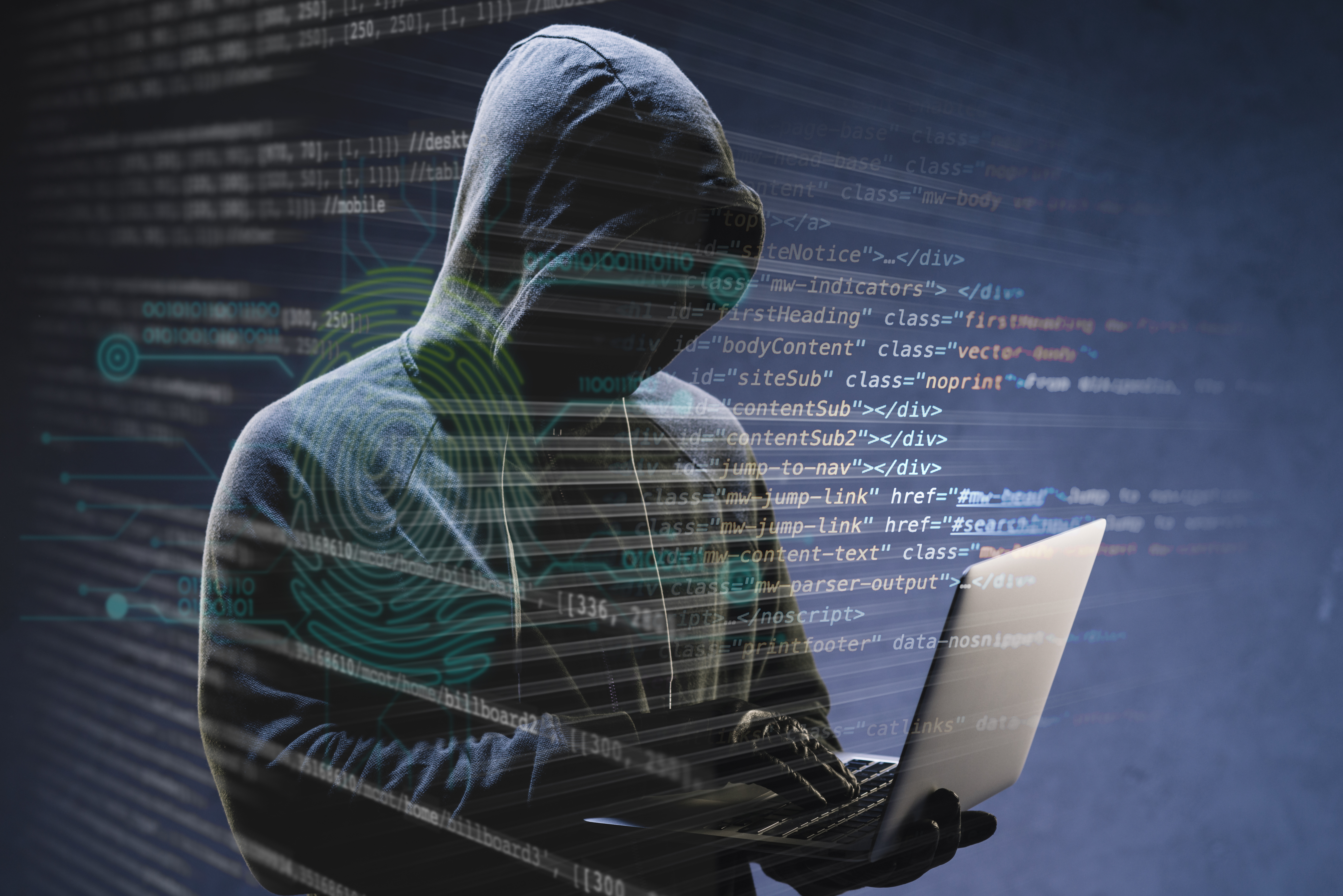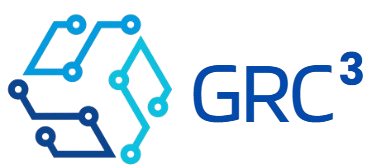
How Can We Prevent, Detect, and Recover from Cyberattacks?
A global survey conducted by the Ponemon Institute and sponsored by IBM Security gathered insights from 3,400 IT and IT security professionals regarding their organizations' approaches to building resilience against security threats. The findings revealed that a significant portion of organizations (74%) still report that their security plans are either ad-hoc, inconsistently applied, or non-existent. Furthermore, more than half (52%) of those with security response plans admitted they have never reviewed or have no set timeframe for reviewing or testing those plans.
With the rapid evolution of business operations driven in part by an increasingly remote workforce and the constant emergence of new attack techniques, these findings suggest that many businesses may be relying on outdated response plans that don't reflect the current threat landscape.
A thorough investigation of cyberattacks underscores the considerable damage these incidents can cause. Below are several key points that can help organizations identify potential threat actors.

Understanding Threat Actors and Attackers
Since 2010, the world has seen a sharp increase in cyberattacks across the globe. Effectively addressing these challenges requires an understanding of the attackers, their level of sophistication, and their determination. The figure below, taken from Deloitte’s article “Responding to Cyber Threats in the New Reality,” offers a graphical illustration of threat actors and attacker determination, highlighting how the landscape has evolved.
In response to the growing and relentless threats, the cybersecurity industry has recognized the need to fundamentally change how they prepare, defend, and recover from cyberattacks.
Common Types of Attackers
Cyberattacks can originate from various sources and take many forms. While some threats are more invasive than others, all can be equally disruptive to an unprepared business. Common types of attackers and sources of cybersecurity threats include:
- Organized crime groups
- Competitors
- Hackers
- Terrorists
- Foreign governments
In addition to external threats, businesses also face significant risks from insider attacks, often carried out by disgruntled employees or contract workers who have been granted network access.
Cyberattack Basics
Cyberattacks are increasing in both frequency and complexity.
Attackers exploit vulnerabilities in software, hardware, and human behavior. Many of these breaches occur because people fail to follow basic cybersecurity practices, with common mistakes including:
- Choosing easily guessable passwords
- Leaving default passwords on devices such as routers or servers
- Failing to change passwords regularly
- Not keeping antivirus software or patches up to date
- Using public Wi-Fi or unprotected wireless networks
If you have any questions, feel free to contact us at contact@einnotech.com or contact@einnosec.com.
“Please feel free to SHARE!”
To learn more about our Governance, Risk, and Compliance (GRC), Audit, and Information Security services, visit www.einnosec.com.
Leave a comment
Related Posts

Is Your Business Prepared? Key Steps for Disaster Recovery & Continuity Certification
But how does it relate to Disaster Recovery (DR), and why are they often misunderstood or misaligned? Let's break it down:

Artificial Intelligence Governance Part I
It's becoming increasingly clear that most new cybersecurity products involve some form of machine learning (ML) or artificial intelligence (AI).

How Can We Prevent, Detect, and Recover from Cyberattacks?
A thorough investigation of cyberattacks underscores the considerable damage these incidents can cause. Below are several key points that can help organizations identify potential threat actors.

